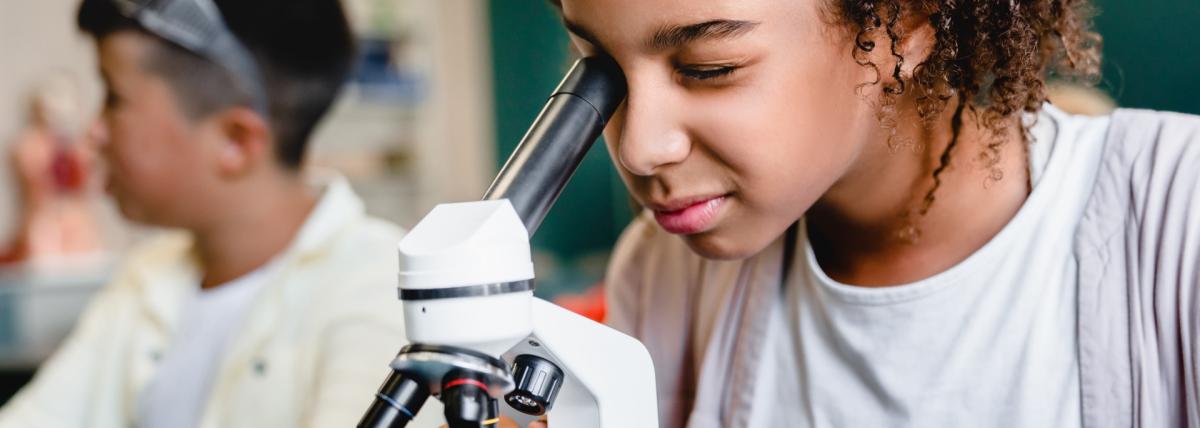
Students observe particle movement for solids, liquids, and gases. They then write Pseudocode for coding particle behavior and then they code particle movement on Scratch for the three states/phases

Students observe particle movement for solids, liquids, and gases. They then write Pseudocode for coding particle behavior and then they code particle movement on Scratch for the three states/phases

This lesson could be a Part II for the 3D modeling atomic theory lesson using Tinkercad, or this lesson can be delivered independently. In this lesson students fill out an atomic theory timeline and

Students learn about atomic theory and the scientists that theorized new atomic models from experiments they conducted. Students then create a 3D model for each advancement in the theory timeline

Students will be divided into 6 groups, one for each of the major systems in the human body, and create a presentation to share with the rest of the class.

Students will focus sunlight through a pinhole onto a sheet of paper. Knowing the distance between the projection and the pinhole allows students to calculate the diameter of the Sun using ratios.

Making a wave machine to learn about the parts of the wave. This is the foundational learning piece before heading into the seismic building challenge.


